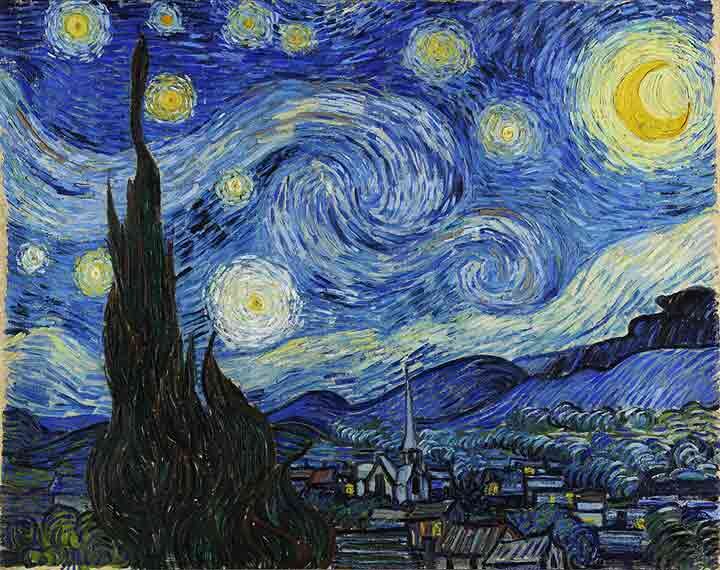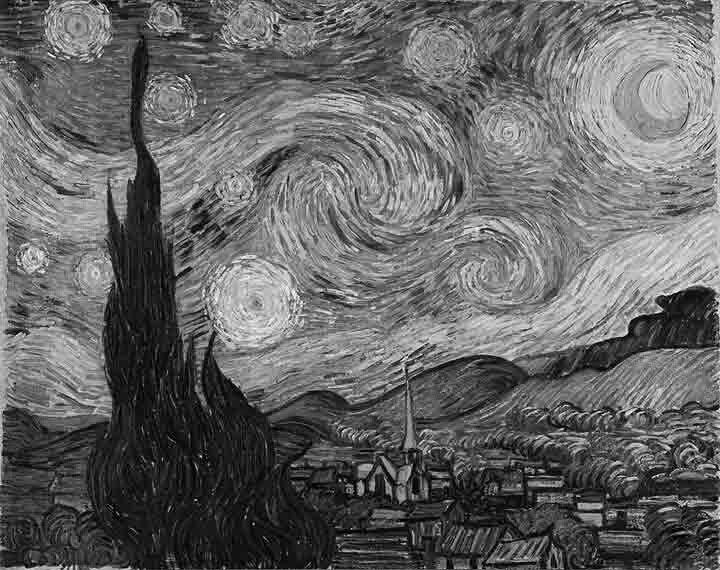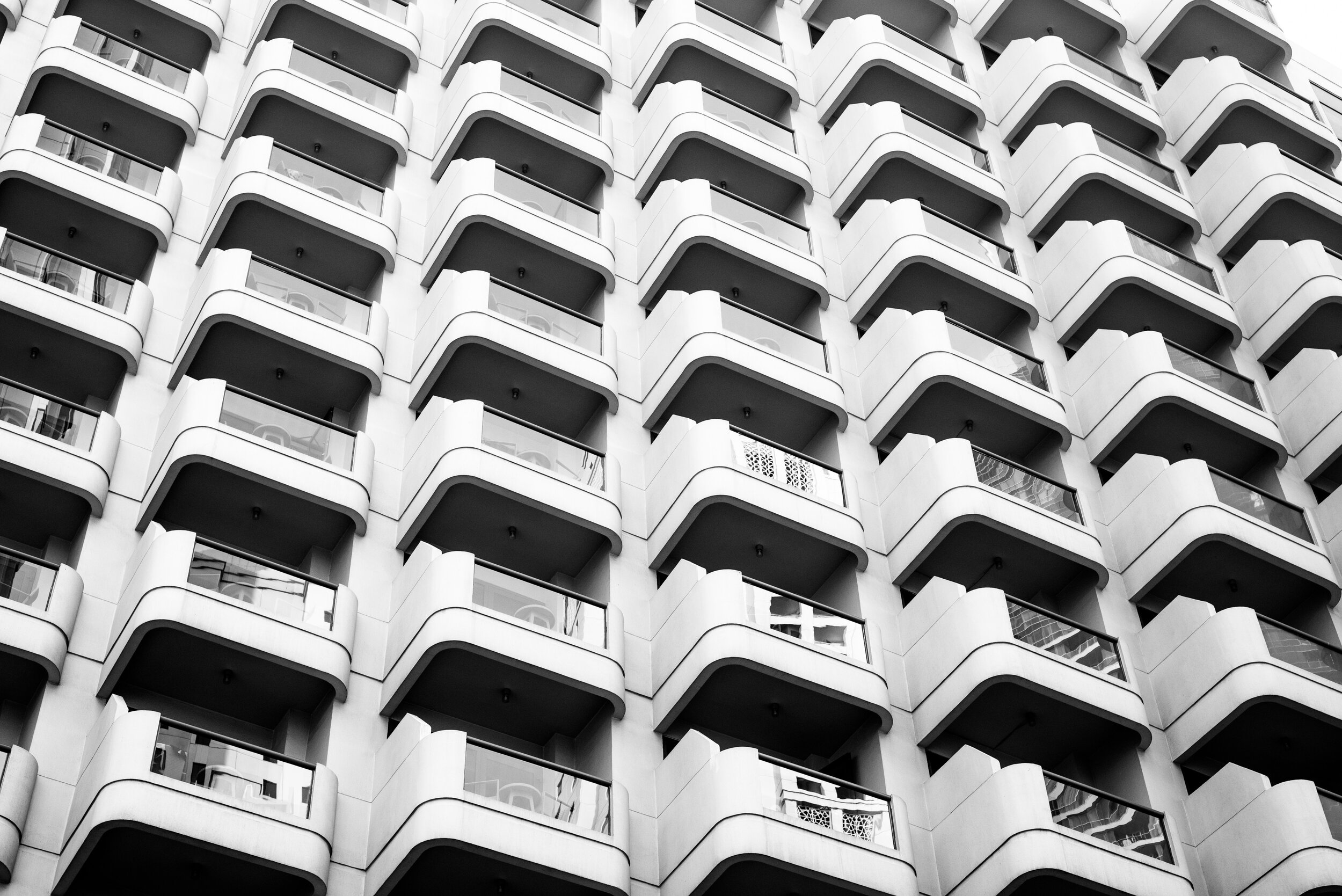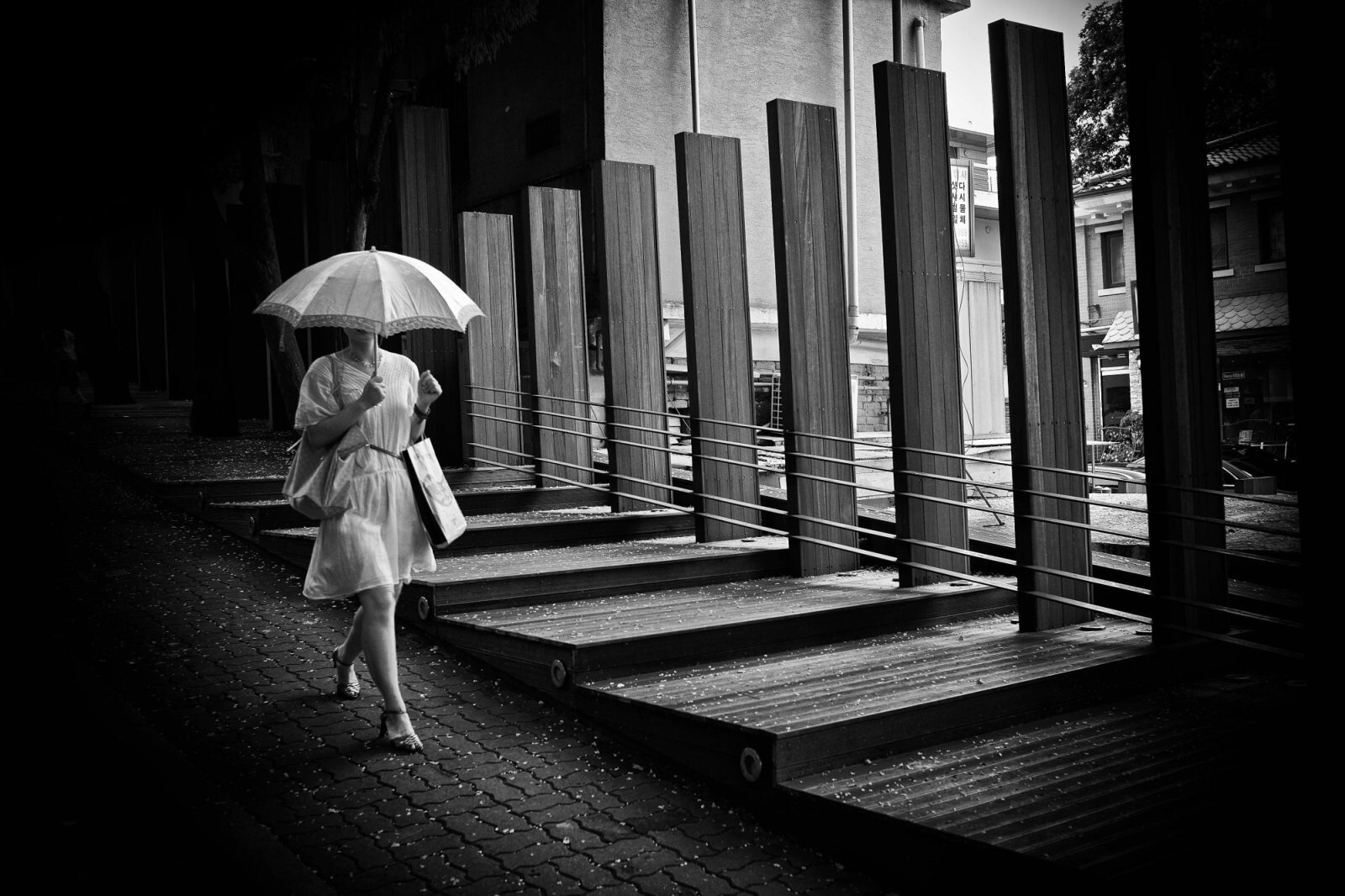Rhythm in photography composition
Rules and techniques, when you apply them you will create a certain visual effect. And this is something this series is gonna be about. I want to introduce you to specific rules and techniques that can be used while you doing photography and its up to you to decided whenever it is right or wrong for your composition.
Today we are talking about rhythm and it's important to point out that any composition just like any song has some kind of rhythm. Some people say when picking out the “keepers” from their collection it's usually based on the amount … or rather luck, whether the composition is pleasing or not. So let's get you more “lucky” by learning what to do and what not to do in order to improve your composition feel.
Rhythm can be created with shapes. This is typically in BW photography or with colors. Even though the rhythm is usually more powerful in the BW photos which in my opinion is one of the reason black and white usually seems more artistic. This is because many of those techniques have much bigger impact when you are not distracted by colors.
Rhythm is a repetition in an image just like a beat in a song. It is a geometric perception of the repetition.
Just like in painting you can find it or create it in photography.
When thinking about the most famous painting with a rhythm - What do you think that painting would be? Maybe you don't even realise the rhythm in the pictures, you just feel like the composition is good for some reason. The More you actually learn about those techniques and rules, the more you will be able to actually enjoy the composition. When you know what the intention was behind the artists mind.
When you actually search for “famous painting with rhythm” the famous painting Starry Night by Vincent Van Gogh who painted this had been in the mental hospital just 2 years before he died. Now as you can see the rhythm is probably more expressed by colors even though it was created by shapes.
The Starry Night -Painting by Vincent van Gogh
This is of course much “easier” to do in painting although it is not impossible to do in the photograph even if it is not staged.
Usually people say that the number in the rhythm has to be odd since there is the rule of odds and the rule of thirds and so on. I don't want to say those rules are bad but they only represent shortcuts. for example The rule of odds works because it can create a rhythm in some cases. However if you don't know anything about the rhythm your application of that rule might not work as you intended. And then if you look at it in the opposite way the rhythm can work even though it does not have an odd number
According to definition “Rhythm is the repetition or alternation of elements, often with defined intervals between them.”
The rhythm itself dictates how your eyes move around the picture. So when we are out shooting what we are looking for for rhythm is pattern of repetitive elements Great way to use rhythm in the street photography is to find a nice pattern or repetitive elements and disturb it with a person. We have more types of rhythm. the painting previously shown is great example of random rhythm even thought it was painted with purpose
Types of rhythm
Random Rhythm
Same type of rhythm as you saw in the Starry night. The point here is group similar motifs, subjects or elements that repeat randomly and create random rhythm
Regular Rhythm
This is what we can call a standard rhythm. The elements are often indentical or similar. It can also be seen as pattern if it is overused and can be pretty boring. This can be typically seen when shooting architecture.
Alternating Rhythm
Is a rhythm with not one - but you guesses it - two or more motifs. It can also be called a regular rhythm on steroids. Just kidding. Anyways the rhythms you see here are represented by woman and by the balls. Now it look weird when I said that but anyway this is a pretty cool picture by Henri Cartier-Breson.
Now another examples This time a drone shot - and in this shot you can see a rhythm created by the lines on the field and another rhythm, this time a random one created by haystack. Again this is better using the black and white.
The last one I would like to talk about is the
Progressive Rhythm
It is something that can be used perfectly in the photography and specially in the street photography. By moving and tilting your camera you can actually turn a simple rhythm into progressive one .
By making some points of the rhythm to appear closer you can actually reach some kind of leading rhythm that points toward your subject
This one is from one of mine most favourite photographer Erik Kim.
You can see the rhythm there represented by the pylons or small walls. The main subject is the lady with an umbrella. She also is the subject with the highest contrast therefor she is the fist subject that will come to your attention and then the rhythm will lead your eyes around the picture. The middle parts of the pylons has also great contrast so if you happen to see that part of the picture first it will lead you to the main subject and then back around the picture.
The next shot is shot by Elliott Erwitt. He uses the mirrors to create rhythm. From a composition point the highest contras has either the face or the camera. After you see one of those you then bounce to the second subject, The repetition here connect both parts of the photograph. Thats why I like this one a lot.
this bring me to the final point of this video and it is…
Disrupting the rhythm
This works perfectly in street photography since the rhythm in the background for example can lead eyes of the viewer toward your subject or connect your subjects all together.







